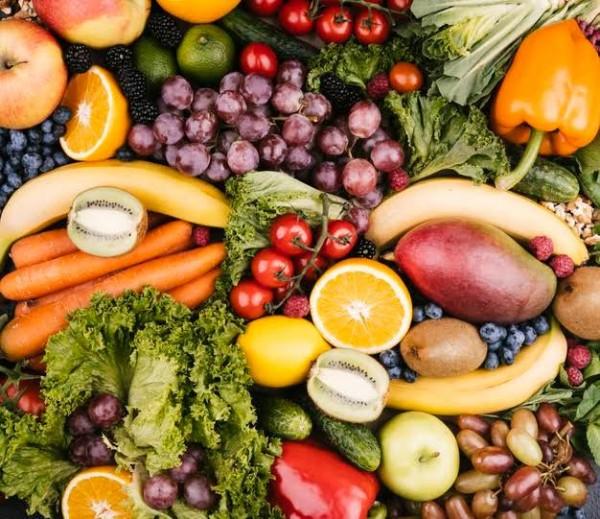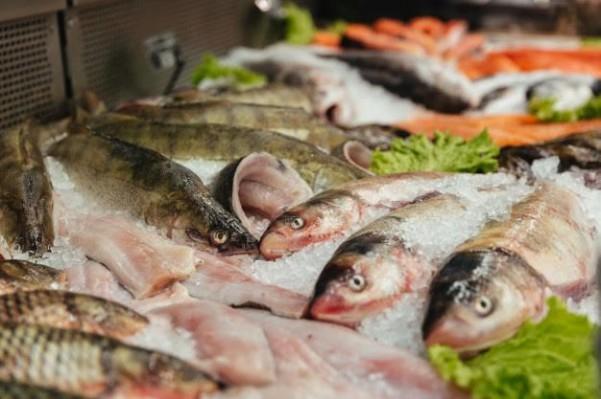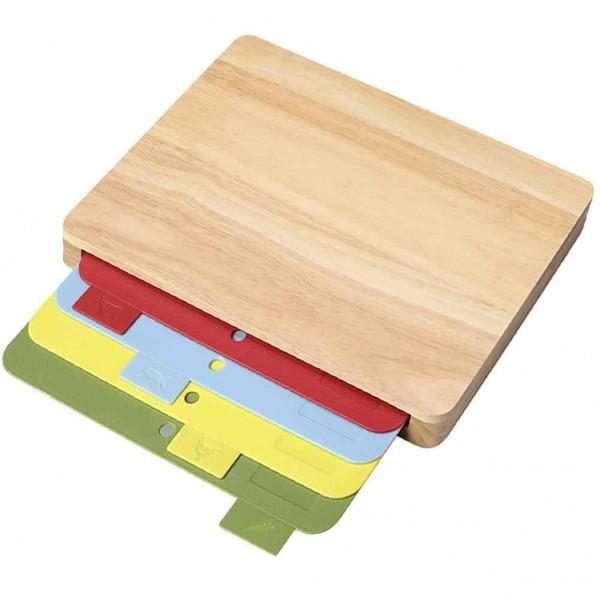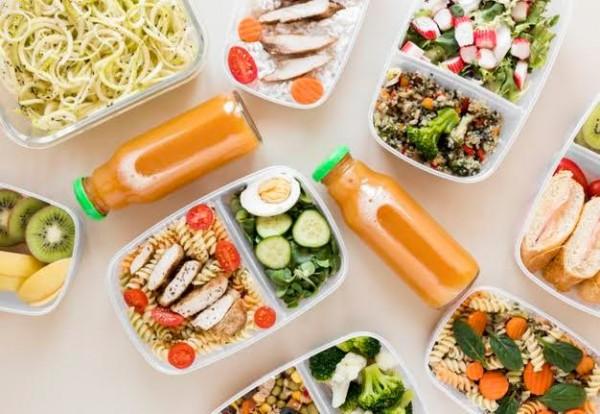How to store fresh produce and meat properly to avoid contamination
We all know that storing food properly will help keep it longer. Though it may sound easy, not a lot of people know the basics of how to keep their food staying fresh for a long period of time.
Thankfully, nutritionist and dietician Luningning Caravan shared with The Healthy Juan some simple pointers that will make things a little easier for you.
1. Fresh fruits and vegetables
Did you know that most households throw away fruits and vegetables more than any kind of food? That's why it's very important to buy only what you need to keep them longer.
Source: freepik.com
After buying them from the market, Luningning suggests washing them first in running water. If you see a thick layer of pesticide on the skin of fruits and vegetables, she suggests dipping the fresh produce in warm water with baking soda.
“Kuha kayo ng warm water at isang kutsarita ng baking soda. Ilalagay niyo ito sa isang basin para matunaw ito at saka ninyo ibababad 'yung gulay at prutas ng mga 3 minutes. Tapos kuskusin n'yo siya sa running water,” she said.
After washing, put them in paper bags or wrap them in old newspaper to prevent them from ripening too fast. Also, never place them together to avoid cross-contamination.
“Mas mainam po 'yung dyaryo o dahon ng saging kaysa sa plastic dahil mas nakakacirculate po ang oxygen na kailangan ng gulay at prutas. 'Pag po kasi sa plastic, mas madali po itong mabulok sa loob.” Luninging advised.
“'Wag n'yo rin pong pagsama-samahin ng marami kasi kung may masira na isa, mahahawa niya ang iba.”
2. Meat and fish produce
Same with fruits and vegetables, it's important to clean your meat and fish in running water.
Always place your meat and fish inside the freezer as fast as possible. The colder the spot, the longer they keep. But, always remember to put the food in an airtight container to avoid contamination with other food products.
“'Pag po sa meat and fish kailangan may container at kailangan may takip. Kasi po ang manok at isda ay may bacteria,” Luningning warned.
“Kapag wala siyang takip, iikot lang sa loob ng ref at freezer ang bacteria at pupunta siya sa iba't ibang pagkain.”
Source: freepik.com
Furthermore, she advised portioning your meat and fish evenly in containers to prevent further spread of bacteria.
“Sa tuwing magtatabi tayo ng karne sa freezer, mas mainam na kung hinati-hati na 'yung karne sa bawat container at hiwa-hiwa na ito para hindi na natin ilalabas at ipapasok ulit,” she said.
“Bakit? Kasi mas magkakaroon ng contamination ng bacteria dahil matigas siya, ilalabis natin. Hindi po namamatay ang bacteria sa loob ng freezer. Kung baga bumabagal lang 'yung process lang nila.”
3. Use separate cutlery and chopping boards
Do you know that you should never use the same cutting board for fruits and vegetables, meat, and fish? The prime reason for this is because of cross-contamination that occurs on a cutting board.
To be safe, use color-coded boards to keep track of which food is cut on which board. This cuts down the chance of contaminating one food with the bacteria of another.
Here's a list of what color chopping board to use:
- Blue - raw fish or seafood
- Yellow - raw white poultry (chicken, turkey)
- Red - raw red meat (beef and pork)
- Tan / Brown - cooked food
- Green - fruits and vegetables
- White - dairy products
Don't forget that you also need to use clean and different knives for each type of food.
4. Leftovers
Lastly, any leftover food should be put in the freezer or refrigerator in an air-tight container within two hours of being cooked to prevent the spread of harmful bacteria.
According to Luningning, if you plan to consume it within a day or two, the refrigerator is fine. But if you don't plan to eat it in the coming days, the freezer is your best bet.
“Kung iko-consume natin siya ng within 24 to 48 hours, okay lang siya sa refrigerator sa ibaba at i-consume siya right away. Kung wala tayong planong kainin ito kaagad, mas maganda kung ilalagay siya sa freezer.
“Pero mas mainam kung iko-consume siya within the day kasi mababawasan 'yung nutrients 'pag iininit ulit.”
Source: freepik.com
A general rule of thumb: the colder you store the food, the longer it will keep. While many food packages have storage instructions, make sure to keep your refrigerator at 4-5° C and your freezer at -18° C and you can't go wrong.
Also, remember to keep an eye on the expiration dates. Any food that has passed its use-by date should not be eaten as harmful bacteria has had the chance to grow and make the food dangerous to your health.
There are numerous ways to store food and the more you know about it the less food waste you'll have. This, in turn, saves you more money and is a lot better for the environment.





